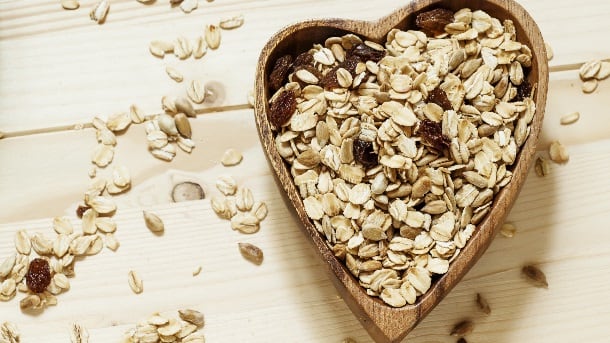Oat hulls contain xylose, which can be used to produce xylitol.
Producing xylitol from oat hulls, however, is a completely new innovation and the company had to develop technology for this, as the raw material, until now, has not been commercially utilized.
Currently, oat hulls are used mainly for energy production.
World’s first fully backward integrated xylitol facility
Work at the oat hull xylitol factory – based next to Fazer’s oat mill in Lahti, Finland – started in February and will be part of the Fazer Lifestyle Foods business area.
The factory will be the first fully backward integrated xylitol manufacturing facility in the world producing many forms of xylitol for the food, cosmetics and pharmaceutical industries.
Christoph Vitzthum, president and CEO of Fazer Group, said the facility is an “excellent example of an innovative circular economy solution” and the company plans to expand xylitol production to its mill in Sweden.
Health claims
The €40m ($45m) investment in the facility is part of Fazer’s strategy to become a ‘modern sustainable company following plant-based consumer trends’.
In 2011, the European Food Safety Authority (EFSA) approved several health claims about oats, attracting a lot of well-deserved attention.
Oat bran contains high concentrations of a fiber called beta glucan, which has been found to lower cholesterol levels, decrease the elevation of blood glucose after a meal and improve digestion and satiety.
Oats are also dense with nutrients like protein, vitamins and minerals.
Finland is one of the world’s largest oats producers with consumption at 7.3 kg per capita and rising by approximately 10% per annum, according to Natural Resources Institute Finland (Luke).
It is also the second-largest exporter of oats in the world, sending about 350,000 tons abroad annually.
Plant-based sweetener
The xylitol market, too, is experiencing healthy growth, expected to reach $1.12bn by 2023, according to Global Market Insights.
EFSA also approved xylitol health claims, including reducing the risk of tooth decay and post-prandial glycaemic responses.
The FDA has granted GRAS (generally recognized as safe) status to the plant-based ingredient’s use in food and beverages increasing scope in sugar-free chewing gum formulations.
Fazer will use the xylitol in its confectionery business – the company is the only xylitol chewing gum manufacturer in Finland – as well as targeting further distribution in the Nordic countries.
Studies:
Scientific Opinion on the substantiation of health claims related to beta-glucans from oats and barley and maintenance of normal blood LDL-cholesterol concentrations (ID 1236, 1299), increase in satiety leading to a reduction in energy intake (ID 851, 852), reduction of post-prandial glycaemic responses (ID 821, 824), and “digestive function” (ID 850) pursuant to Article 13(1) of Regulation (EC) No 1924/2006
Panel on Dietetic Products, Nutrition and Allergies
EFSA Journal 2011;9(6):2207
Scientific Opinion on the substantiation of health claims related to the sugar replacers xylitol, sorbitol, mannitol, maltitol, lactitol, isomalt, erythritol, D-tagatose, isomaltulose, sucralose and polydextrose and maintenance of tooth mineralisation by decreasing tooth demineralisation (ID 463, 464, 563, 618, 647, 1182, 1591, 2907, 2921, 4300), and reduction of post-prandial glycaemic responses (ID 617, 619, 669, 1590, 1762, 2903, 2908, 2920) pursuant to Article 13(1) of Regulation (EC) No 1924/2006
Panel on Dietetic Products, Nutrition and Allergies
EFSA Journal 2011;9(4):2076


